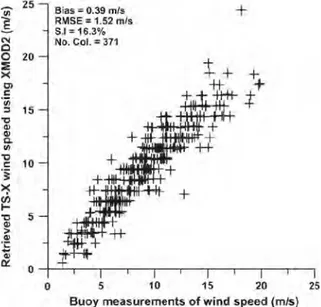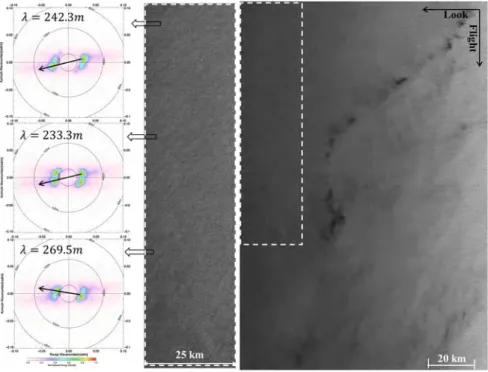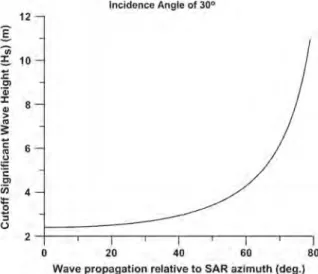Hurricane Monitoring With Spaceborne Synthetic Aperture Radar
Full text
Figure




Related documents
Browser Calling Applet Methods Loaded Initialized Browser invokes init() Destroyed Created Browser creates the applet JVM loads the applet class Started Browser
Fourth, we test for sensitivity of the results conditional on working with the sample of countries that have had a change in the level of democracy in the previous period for the
The full specifications for white male youth reveal that living with a single mother increased labor force participation by 11 percent, a result that is robust to alternative
EEGLAB Workshop III, Nov 15-18, 2006, Singapore: Julie Onton – Data Decomposition with ICA 30 Data (all channels). Data Envelope
In the present study, we find that HIV-positive patients are about 2-fold more likely to test positive for HPV16 in the placental compartment then those who are
ABA commentary suggests that if a defense attorney thinks it would be better for an incompetent defendant facing minor charges to proceed to trial, the
It is hypothesised that abnormality is present in the deep nuclei and brain structures of Parkinson’s disease group that is manifest in decrease in its anatomical volume
A follow-up study from our group focusing on the relative contribution of the different facets of the selection procedure revealed that whereas both the non-academic (i.e. puECAs)





